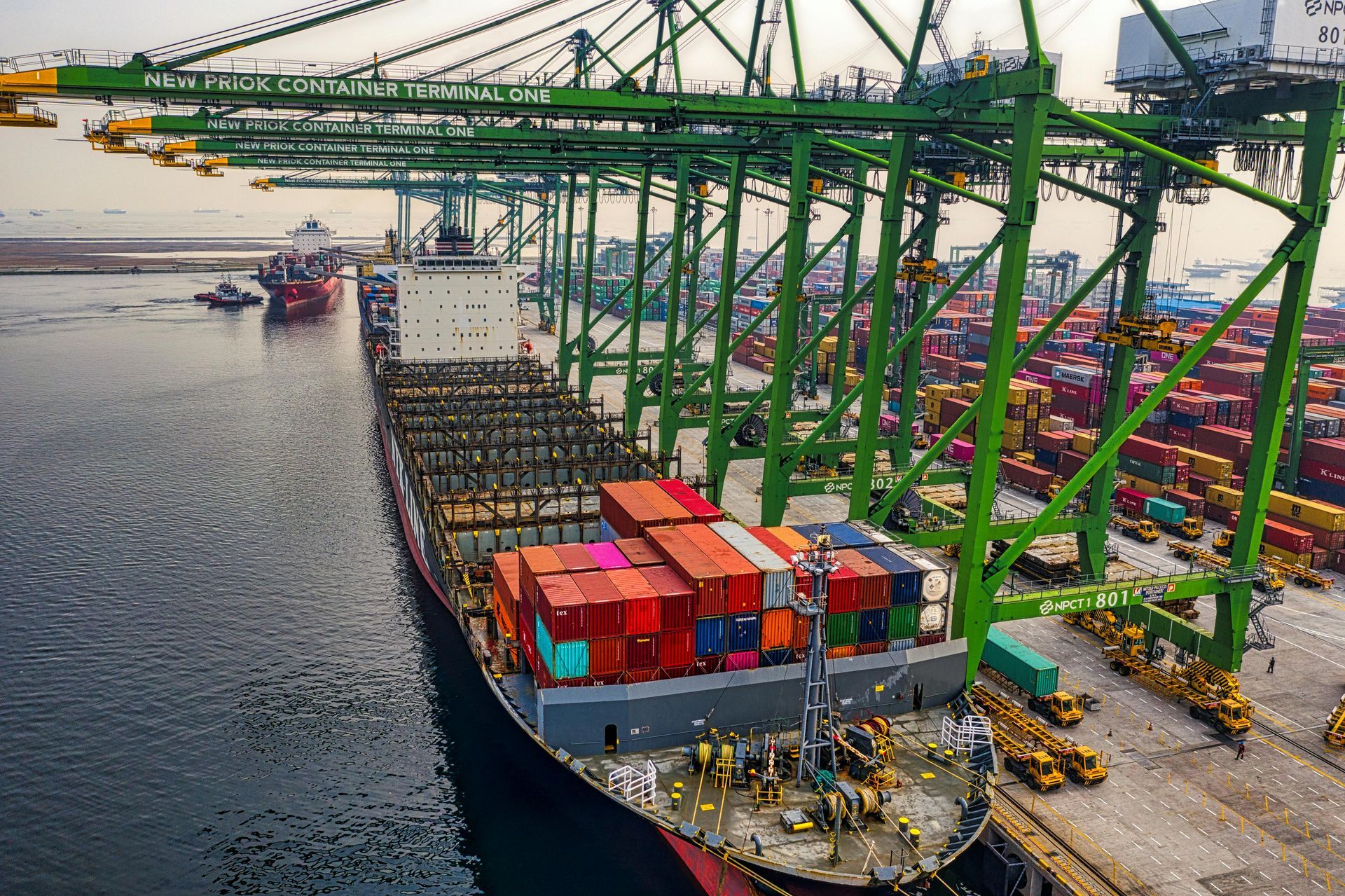Case Study: Supplying a 300-Unit Multifamily Development from Blueprint to Build
Every construction project is its own kind of ecosystem—a series of moving parts, personalities, deadlines, and decisions all woven together under pressure. But when you're building at scale, like in a 300-unit multifamily development, that pressure doesn’t just double or triple—it compounds. It multiplies. One missed delivery doesn’t just affect a crew. It affects dozens of subcontractors, months of planning, and thousands of square feet of work.
At ProPonents, we don’t just see these projects as material drop-offs. We see them as complex operations that need to move with precision. From the first blueprint to the final walkthrough, our role isn’t just to provide product. It’s to anticipate needs, prevent friction, and keep the entire machine humming.
This is the story of one such build—a mid-market, multi-structure residential development that could have gone sideways more than once. But because of smart planning, strong communication, and a supply strategy built from the ground up, it stayed on track, under budget, and ahead of schedule.
Let’s take you behind the scenes.
The Development: High Stakes in a Fast-Growing Market
The client was a regional developer with an impressive track record and a growing footprint in the urban Southeast. Their newest project: a 300-unit multifamily complex consisting of five low-rise buildings across a multi-acre plot just outside a booming metro corridor.
The location was prime—close to transit, walkable amenities, and ideal for workforce housing. The timeline, however, was tight. The developer had financing benchmarks to meet, occupancy deadlines to hit, and a contractor crew juggling multiple projects across the region. There was zero room for drift.
Complicating matters further, each building was on its own timeline. Construction would happen in overlapping phases, with staggered starts and separate punch lists, meaning the material strategy had to be agile without becoming chaotic. There could be no guessing games, no “we’ll figure that out later” moments. It all had to be mapped, timed, and locked in well before crews ever touched dirt.
That’s when we were brought in—not to fill orders, but to build a system.
The Planning: From Product List to Project Strategy
Most supply chains begin with a spreadsheet—a long list of SKUs, specs, and unit counts. Ours began with a meeting.
We sat down with the developer, the GC, the architect, and key trade leads to understand exactly how this job was going to flow. We reviewed build sequences, delivery access points, storage limitations, unit standardization, and scope variables. We didn’t just ask when materials were needed. We asked why, how, and what might change.
By digging deeper, we were able to identify pain points before they became problems. We learned that certain deliveries would need to happen outside of normal hours due to neighborhood traffic restrictions. We realized that window packages had to align precisely with HVAC rough-ins or else the entire timeline would slip. We mapped finish packages to be delivered in segmented loads so that punch-out teams weren’t working around extra material.
Instead of planning the procurement around the warehouse, we planned it around the build.
From there, we developed a supply roadmap: a phase-based, materials-by-building strategy that was aligned with the construction schedule and flexible enough to adapt in real time. Pricing was secured early, commitments from manufacturers were locked, and delivery windows were reserved well before the market began to tighten.
The developer had peace of mind. The GC had predictability. And the trades had clarity—no guesswork, no panic calls, no waiting around for a truck that might or might not show.
The Reality: When Things Go Wrong (and Still Stay On Track)
Of course, no project runs exactly as planned. Delays are inevitable. Scope changes happen. External forces don’t ask for permission.
At one critical point in the project, a key window manufacturer announced unexpected lead time increases due to supply chain backups at their central facility. For most jobs, this would have triggered a cascade of setbacks—reordering, redesigns, rescheduling trades. But because we were monitoring lead times week over week, we saw it coming before the official notice ever hit our client’s inbox.
We quickly sourced two comparable product lines, matched specifications, and provided samples to the design team within 48 hours. One was approved by the architect within the week. We rerouted deliveries, updated timelines with the contractor, and never lost a single day on the schedule.
On another occasion, a warehouse labor issue impacted a delivery that was set to support the fourth building’s framing crew. Thanks to our pre-staging strategy, materials for that phase were already held at a satellite yard within range. We diverted the shipment, coordinated a new drop window, and had everything on site and ready before the crew even realized there was a risk of delay.
This is what it means to build with foresight. Not just responding to problems, but insulating the entire process against them.
The Outcome: On Time, Under Budget, and In Full
When the dust settled—literally and figuratively—the development had hit every one of its scheduled milestones. All five buildings were delivered on time. No material-related delays occurred at any stage of the project. And thanks to proactive pricing agreements and bulk purchasing strategy, the developer came in nearly five percent under their original materials budget—a number that had real, tangible impact on their bottom line.
Beyond the numbers, the builder and GC both reported significantly fewer RFIs related to materials, fewer mid-phase change orders, and less stress at every major transition point. There was clarity, consistency, and trust across the board.
This wasn’t a perfect project. There were weather challenges. There were late-stage tenant revisions. There were the usual headaches of managing a jobsite with five buildings and dozens of subs. But through it all, the supply chain held. The materials showed up. And the build kept moving forward.
The Takeaway: Success Begins with Supply Strategy
In construction, success isn’t measured just by the ribbon-cutting. It’s measured by the quiet efficiency behind the scenes—the projects where deadlines are met without drama, where costs are controlled without cutting corners, and where suppliers operate like true partners instead of vendors.
That’s what this project represented. Not a showcase of product—but a showcase of partnership.
If you’re heading into a complex, phased build and feeling unsure about how your material plan will hold up under pressure, we’re here to help. We don’t just ship products—we build systems. Systems that work under pressure. Systems that protect your project. Systems that deliver results.









